While climbing in Spain’s Costa Blanca in 2012 we were encouraged to visit Chulilla, an area to the north that came highly recommended. We were told that if we liked Wild Side at Sella – and we did – we’d really enjoy Chulilla since the climbing was similar: long, gently-overhanging routes with plenty of limestone tufas. A year later we were back in Spain, Valencia to be exact. Upon arriving in Chulilla we were suitably impressed. The climbing zone featured a pair of deep gorges with tall, tufa-streaked walls. Sound good? Read on for more beta…
The Climbing – The old routes at Chulilla tend to be long and technical on walls that hover around vertical. The new zones are a bit steeper and feature tufa-streaked routes that involve technical moves over sustained distances. The best grades seem to be from 6b through to 8b, although plenty of easier options exist on outlying cliffs. The most popular zone (Oasis) faces due north, but remained workable over Christmas with daytime highs in the mid-teens (around 60 Fahrenheit). If it’s too cold for the shade, the excellent Pared d’Enfrente gets full sun all morning long as do many of the other cliffs. Options abound.
Gear – A 70-m rope is adequate for most climbs, but an 80-m cord is helpful for the biggest and best pitches. I brought a 70-m Mammut Serenity, which was nice and light for the rope-stretchers. Twenty quickdraws, preferably of the lightest weight, will get you up the long climbs, and technical shoes will come in handy since many of the routes require proper footwork. Finally, add a rental car to your list of necessities. Walking to the shady zone (Oasis) is just too far for daily trips.
Lodging – Climbers with vans set up in the parking lot on the north end of town, which seems popular and accepted. Although we never saw it, the refugio on the hill gets good reviews. Climbers seeking more privacy can rent a comfortable apartment in the village. We stayed at Las Cuevas, a restored village house broken into a number of apartments. It was comfortable and quaint, although I’d recommend a suite on an upper floor for the best light and views. Bargain the price down for long-term stays.
Supplies – Chulilla has a small grocery store and bakery. It also features a number of bars and restaurants, perfect for chilling when you’re finished climbing for the day. The closest large supermarket is in the village of Villar del Obispo, about 20 minutes away by car. This town is well endowed with amenities, but is lacking in character – staying in Chulilla is much nicer.
Rest Days – Hiking in the beautiful Turia River gorge below Chulilla is a popular rest day activity. The city of Valencia is about 45-minutes away and features interesting architecture, an historic city centre and nice beaches, especially Playa Deversa 20 minutes south of the port. We enjoyed an excursion to Montanejos, a popular Spanish climbing area about 80 km north of Chulilla. It has an amazing gorge with a thermally heated river that stays a constant 25 degrees Celsius year round. Montanejos also has some excellent hikes along the edges of the deep canyons. Finally, the small city of Sagunto north of Valencia has a beautiful castle ruin, one well worth a tour.
Chulilla is a great addition to the Costa Blanca climbing zone in Southern Spain which is already lush with excellent areas. Start planning your next winter adventure…
Marc Bourdon - Squamish, BC

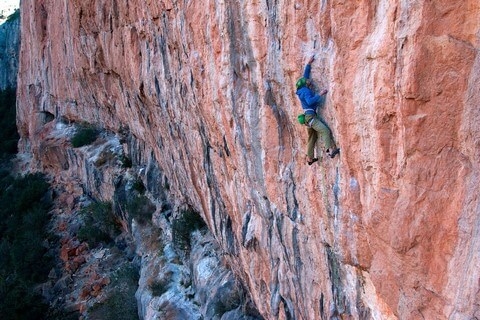
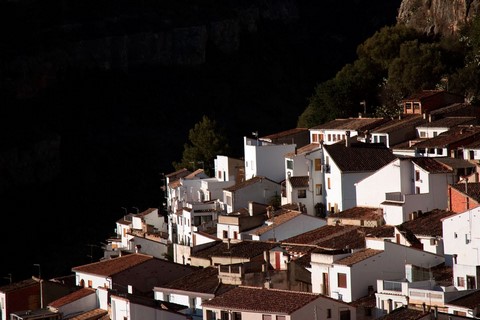
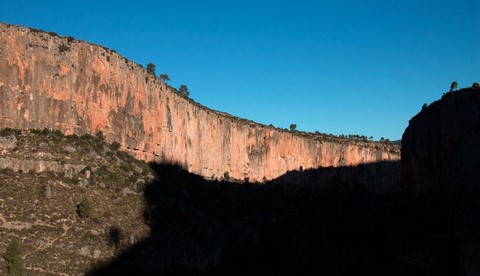
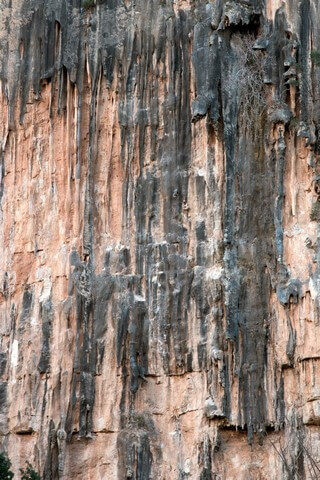
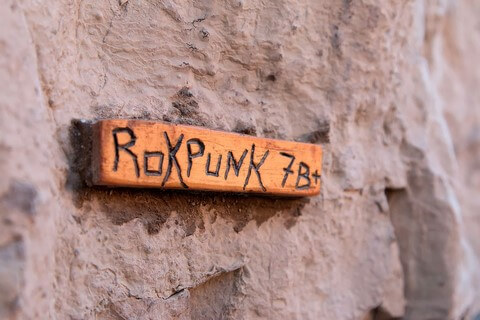
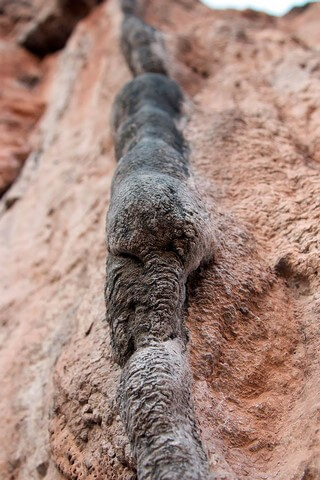
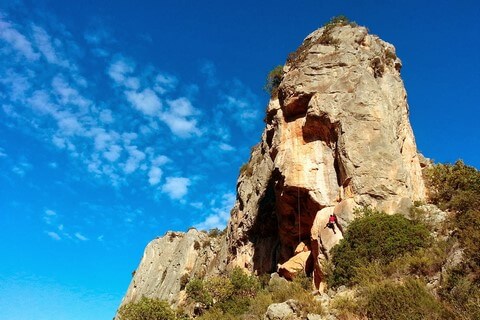
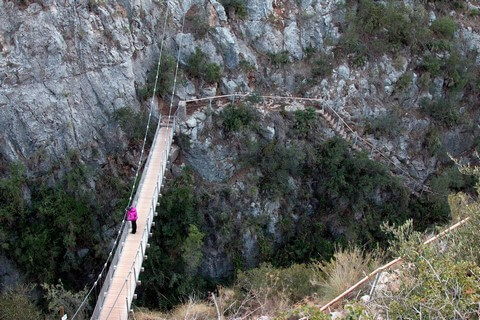
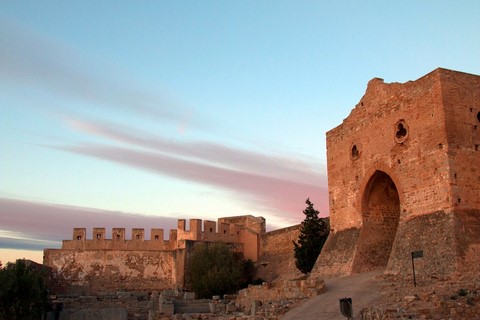
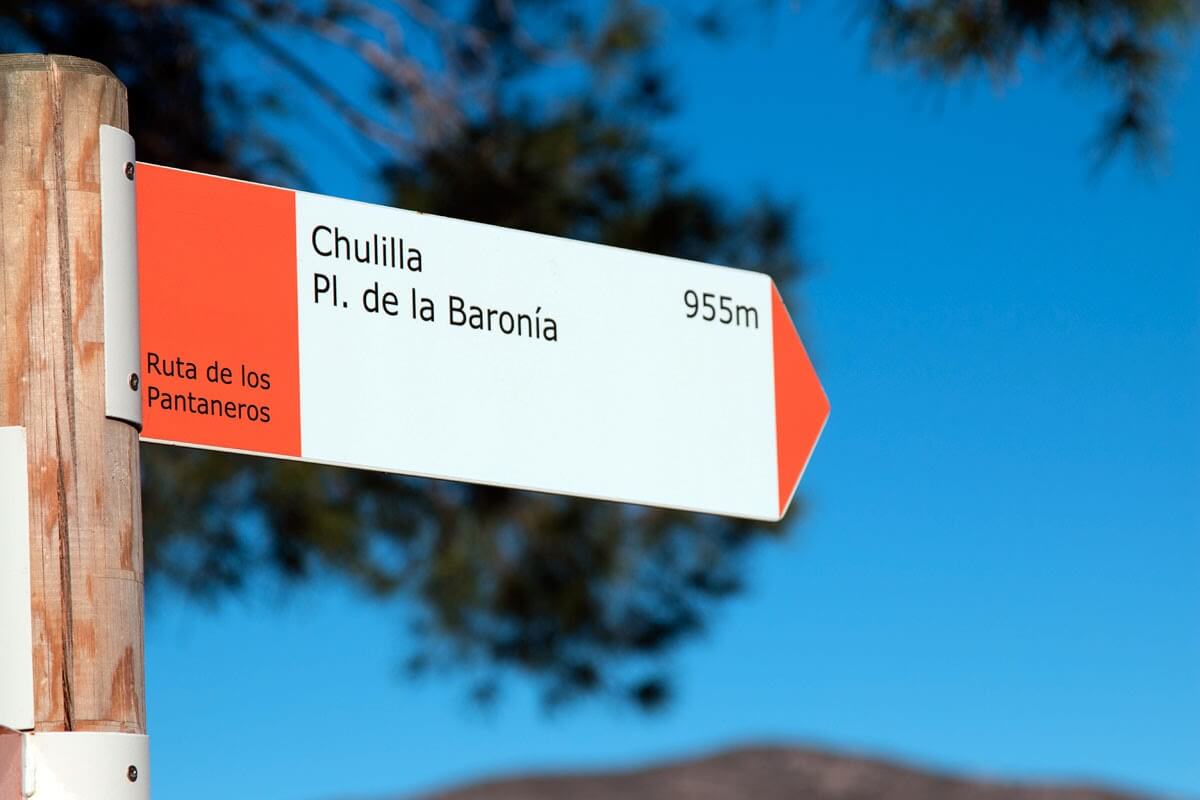
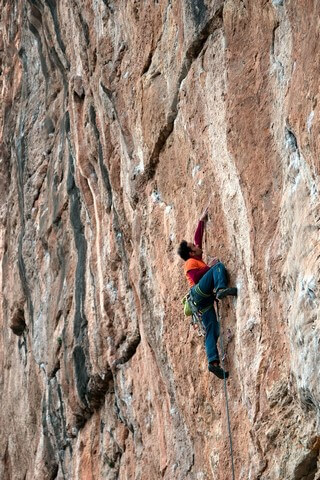
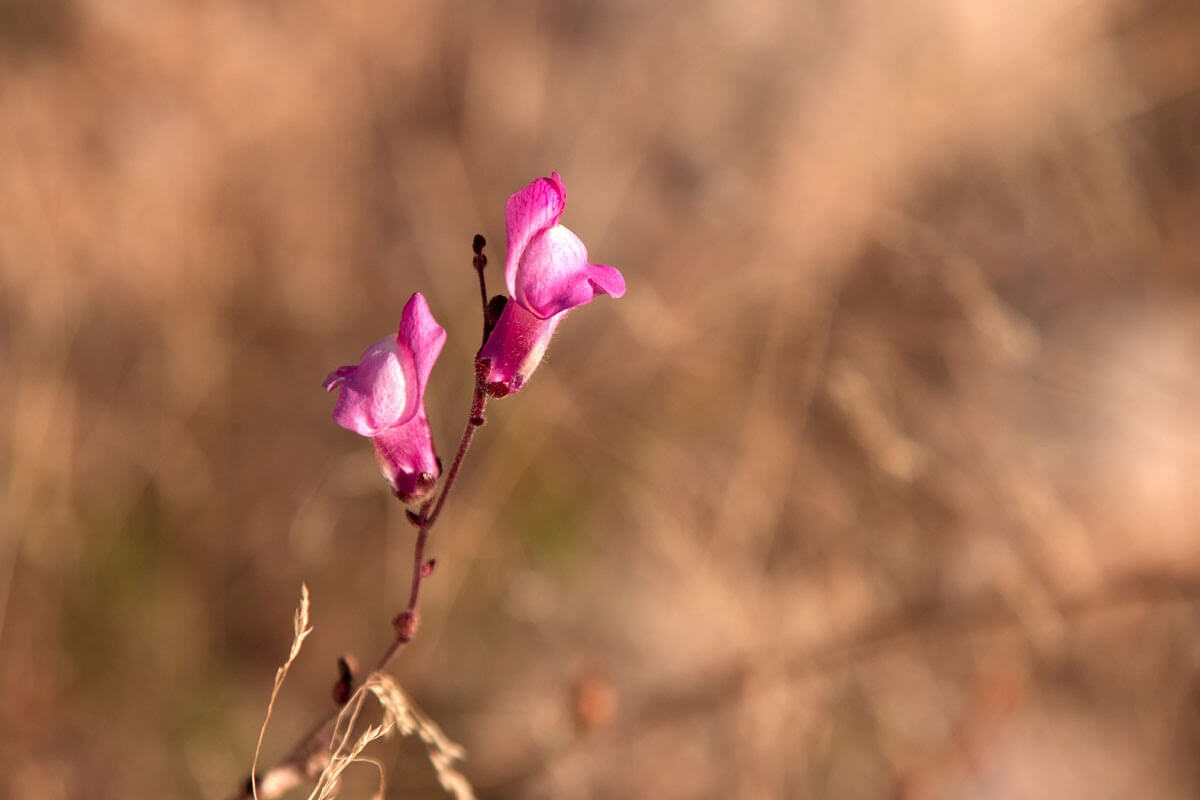
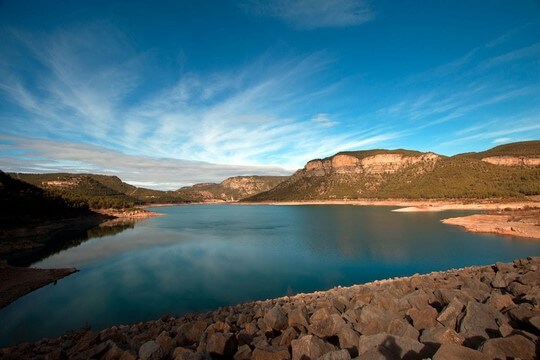
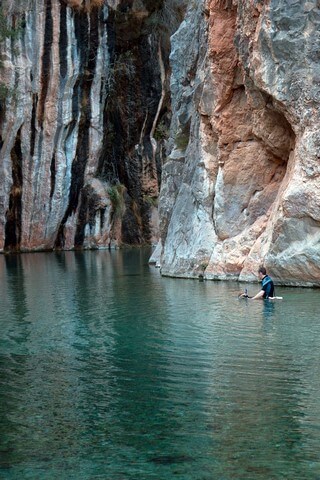
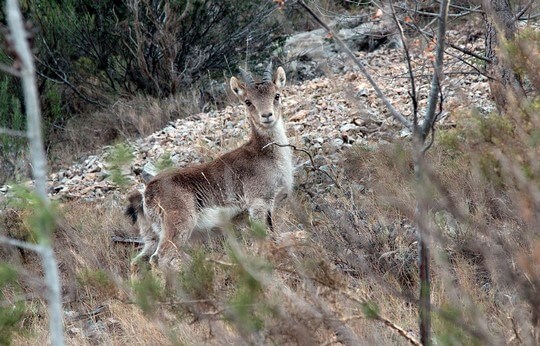
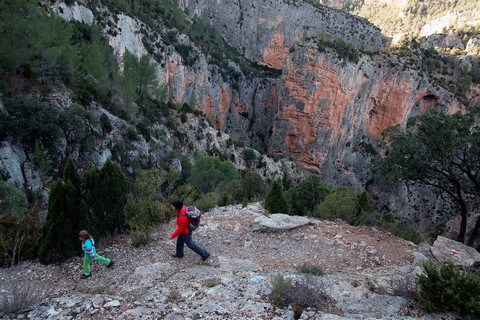
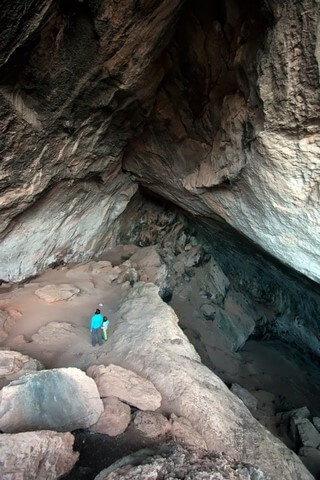
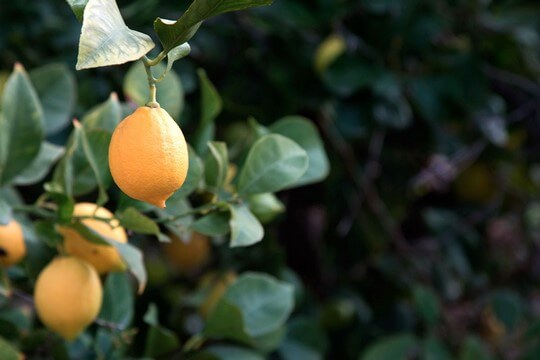
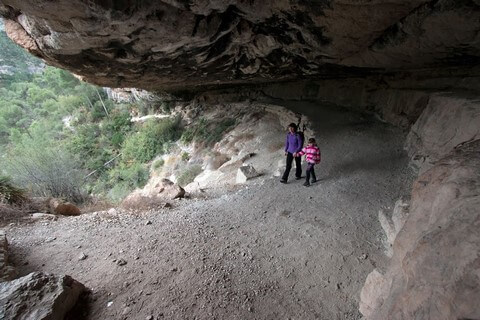
1 comment:
We are glad you enjoyed Chulilla... for more info visit www.chulillaclimbing.com See you soon! ;)
Post a Comment